Feeding Giraffes on Safari at Port Lympne Animal Park
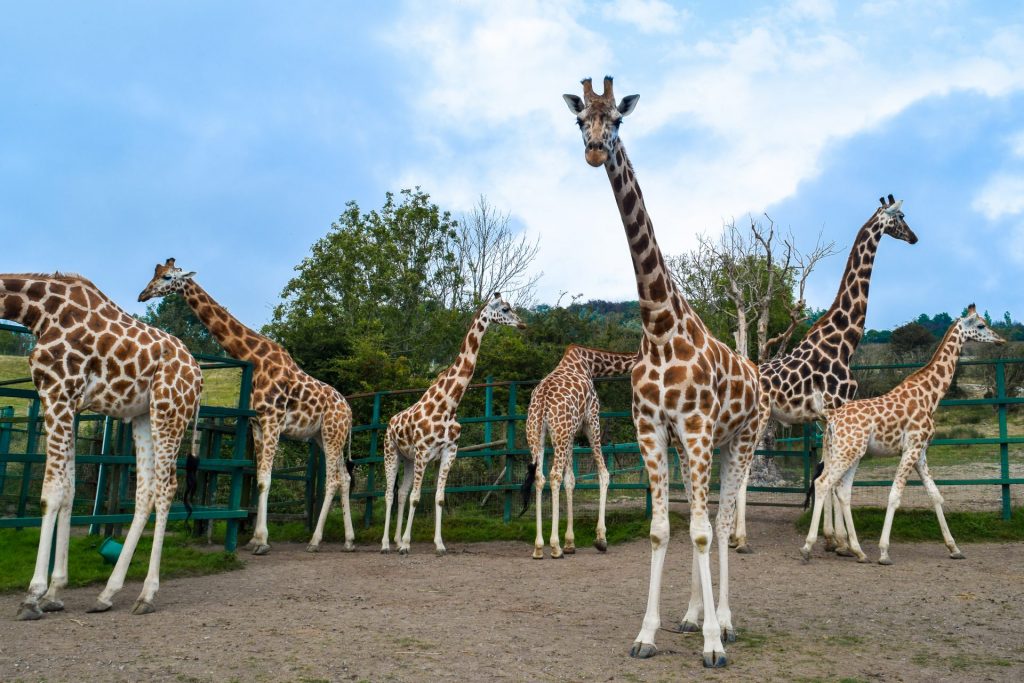
Happily, for the first time since November 2019 my Travel section is back! Okay, so I may only be heading 15 minutes down the road for this one, but if you’re either from local or out of town I’ve been bursting to tell you all about our visit to Port Lympne Animal Park where we headed out on safari after reviewing lunch at their newly opened to the public restaurant The Garden Room the other weekend.
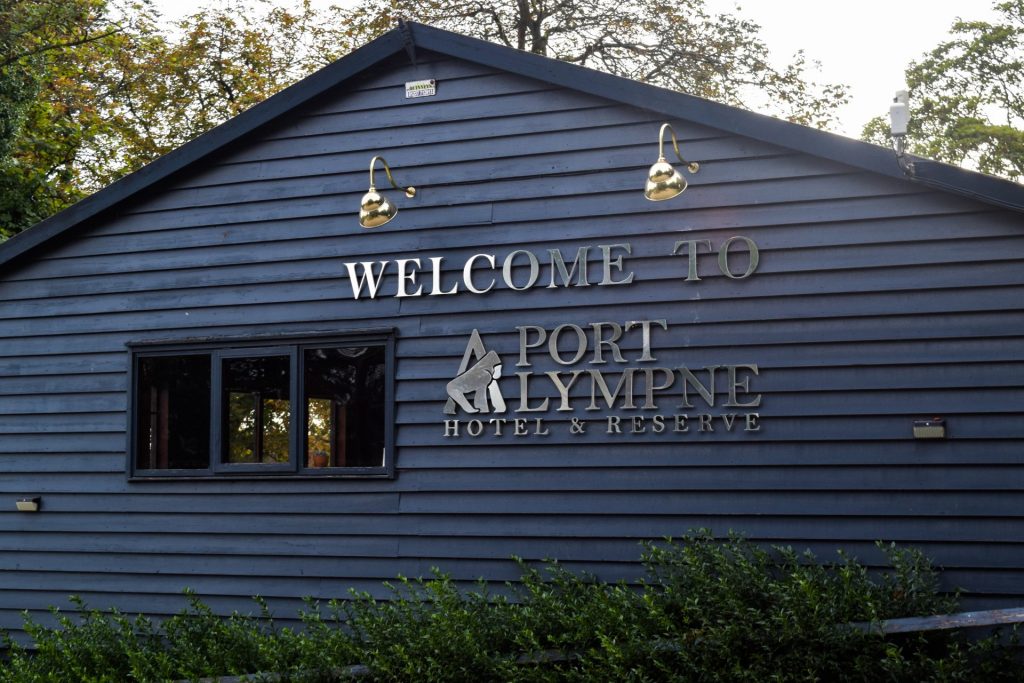
We’re very lucky here in East Kent that all the local animal parks are run by the Aspinall Foundation who are a big name in animal conservation, and the proceeds from their animal park at Port Lympne and Howletts near Canterbury go towards returning endangered species bread in captivity to the wild. I’ve been to both a few times as a kid on school trips or as a teenager, but I’m really grateful to the team for gifting us one of their AAA Safaris so I could rediscover it all as an adult.
They have so many different experiences on their website as well as general park entry to wander around, but the AAA Safari costs £95 per person to be taken around for 2 1/2 hours in a smaller group than one of their big safari trucks to feed Nubian giraffes, some of the Eastern Black rhinos, and to go around the open safaris to see all the savannah animals such as the zebras and the wildebeest. Animals being animals there are no guarantees, but the guides are wonderfully knowledgeable so yo’ll be sure to see and learn something on your trip!
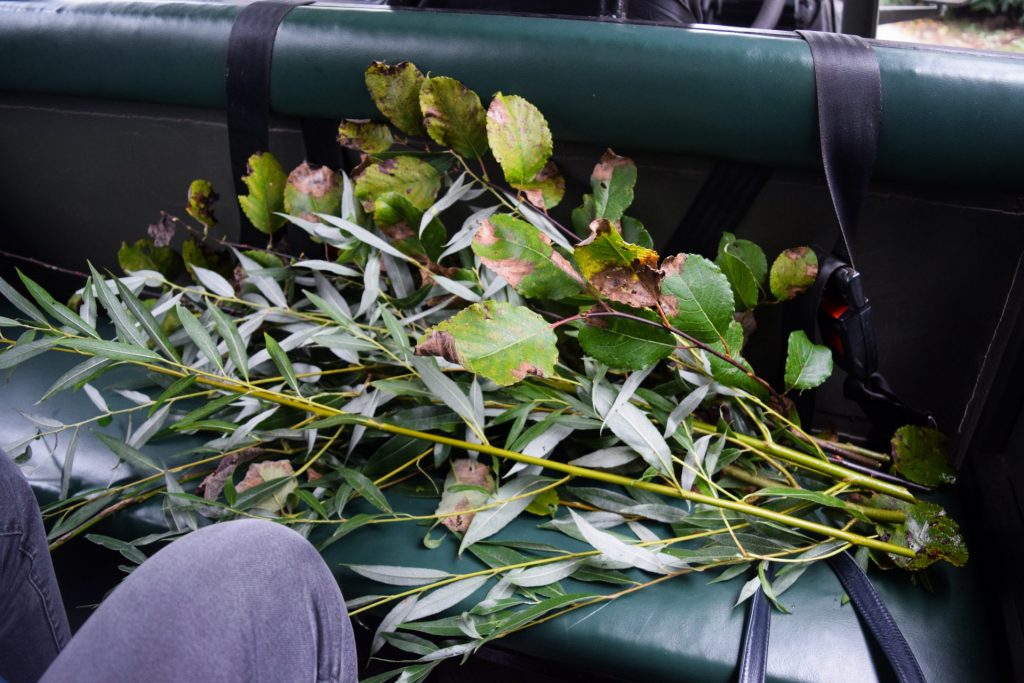
Shall we start with my favourite part, the giraffes? We set off in the Land Rover, stopping by some other animals in their habitats first, but then off out into the ‘Kentish Savannah’ (a strange experience in itself seeing the North Downs rolling out in the distance beyond the park!) with lots of tasty branches to hand to hunt for the giraffes. At first, they were not that into us (their trees looked too tasty!) but we met them on the way to one of their daily feeds which seemed to be a highlight for them!
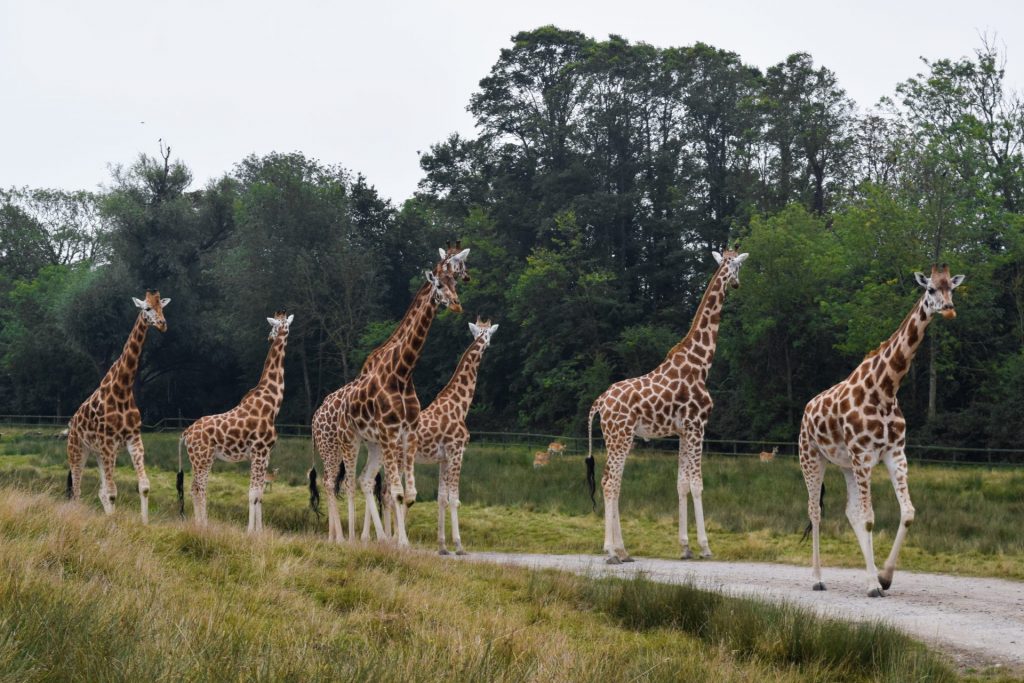
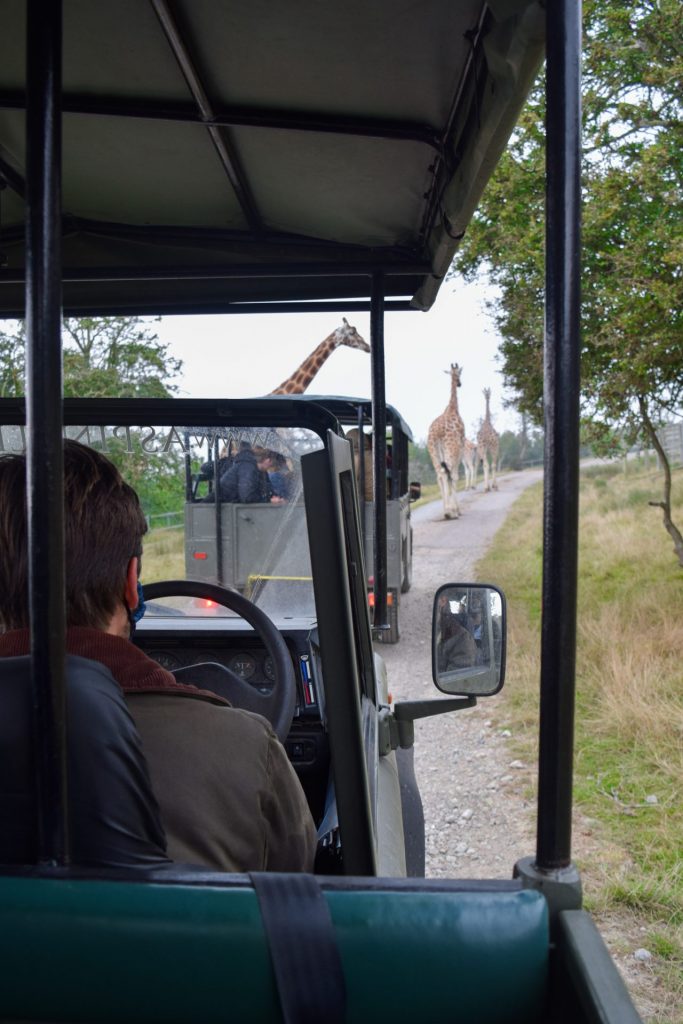
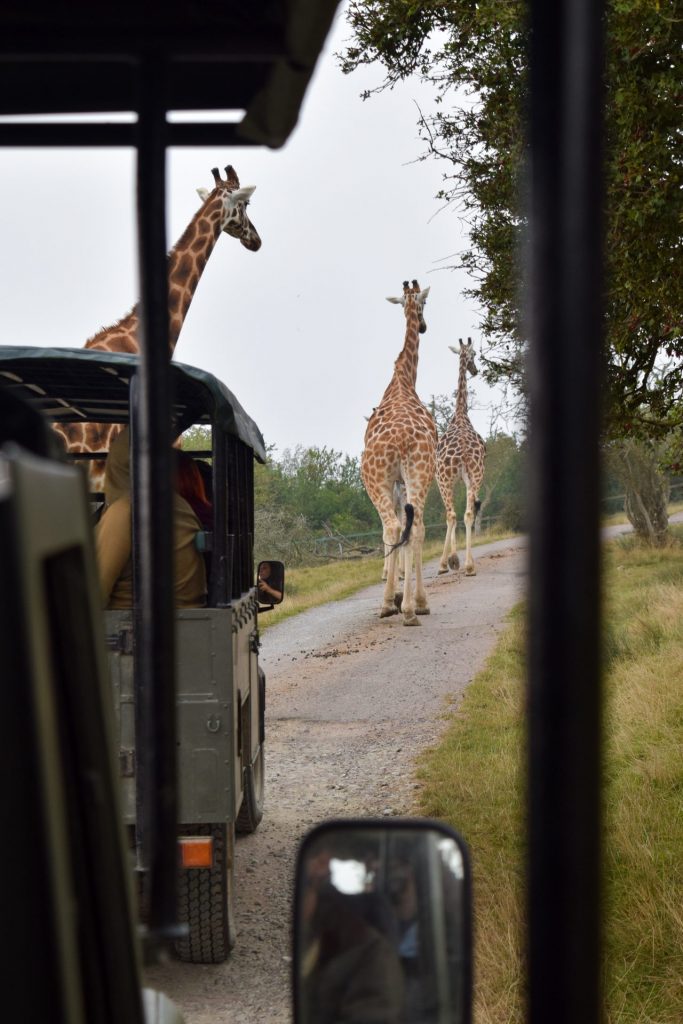
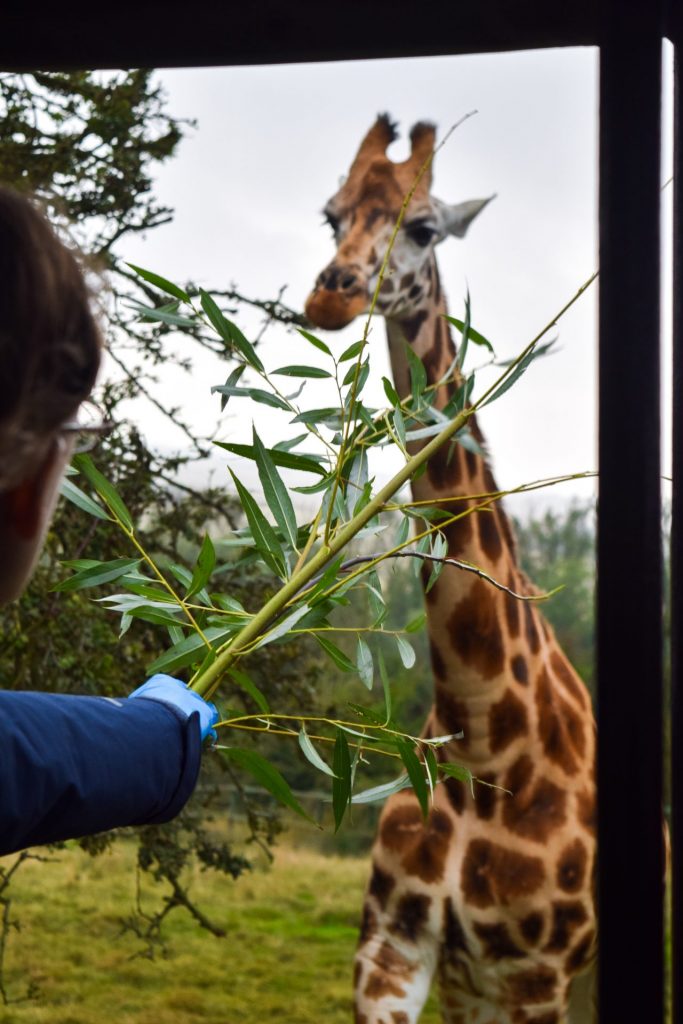
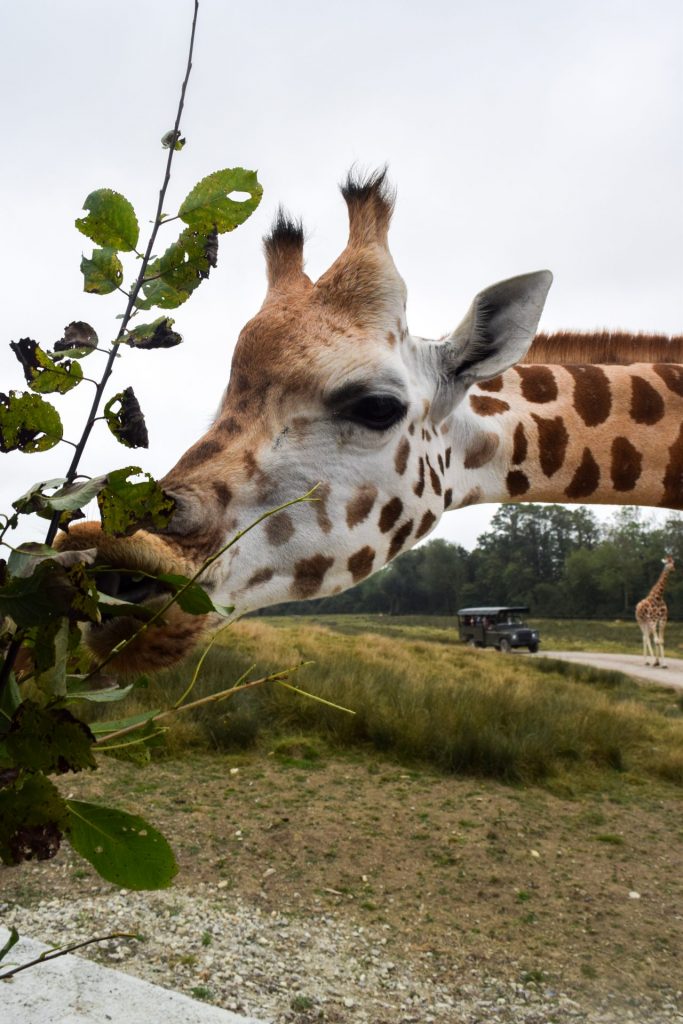
I can’t get over how majestic these creatures are, and the loping grace with which they move. Their sheer size can make them quite intimidating, though, and while they’re not at all frightening meet Luna, the giraffe who managed to pluck my handful of branches away from me in little over 10 seconds after we’d met!
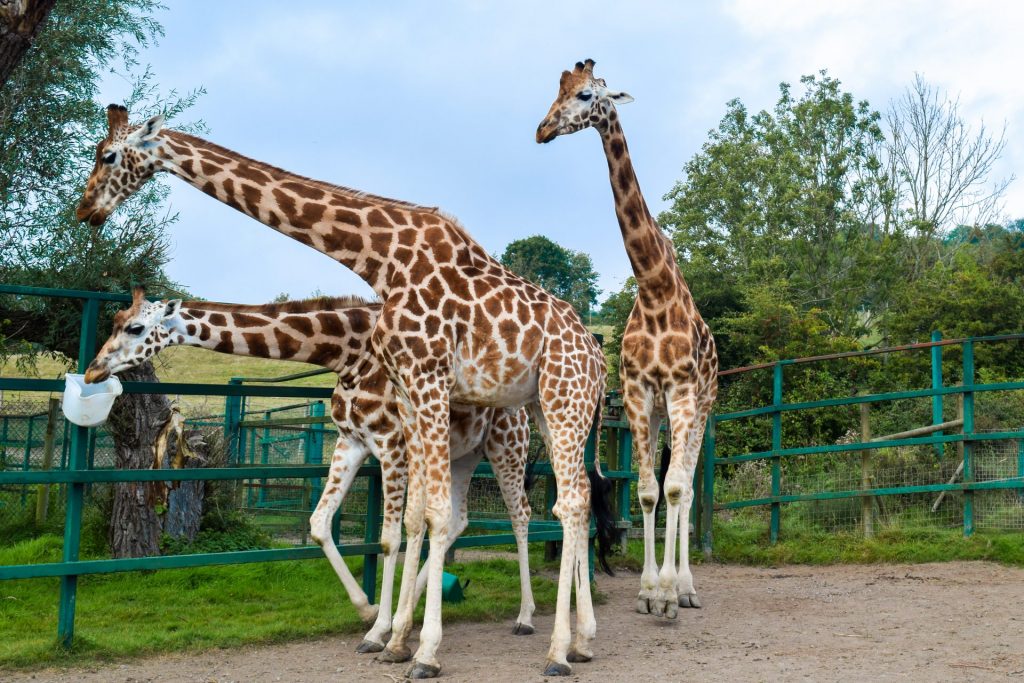
There are nine giraffes at Port Lympne, living as a family out in the savannah habitat, and inside a specially built house during the colder months to keep warm. Except for the cross bred giraffes (which was done back when scientists did not realise they were of different species, and who can’t be bred or released without damaging the gene pool) the Port Lympne giraffes are as part of an active breeding programme to help bolster this endangered species in the wild.
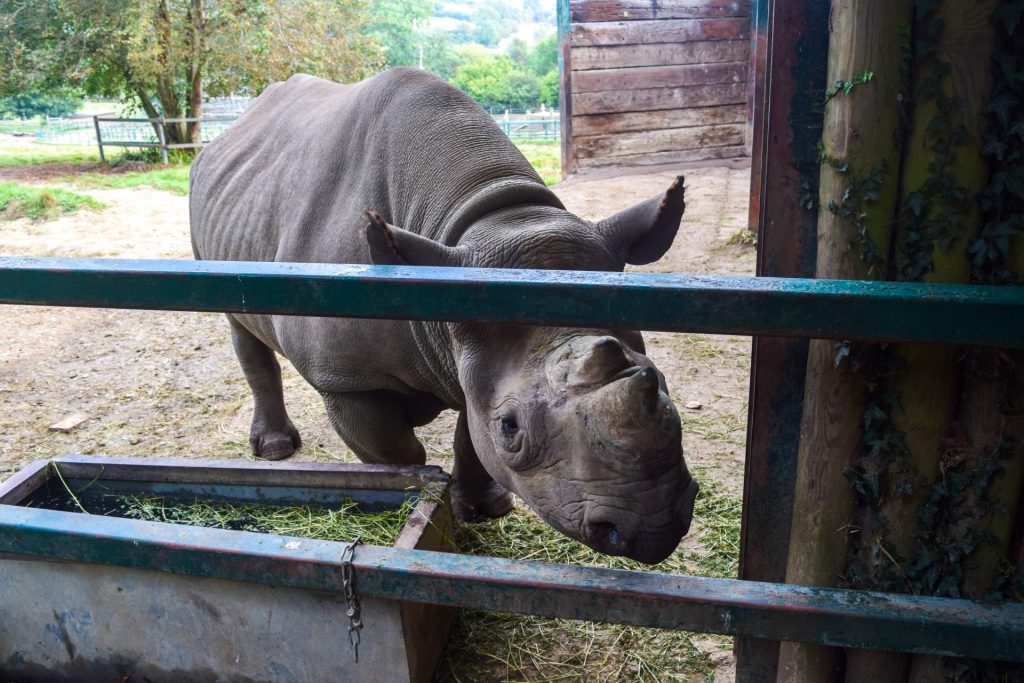
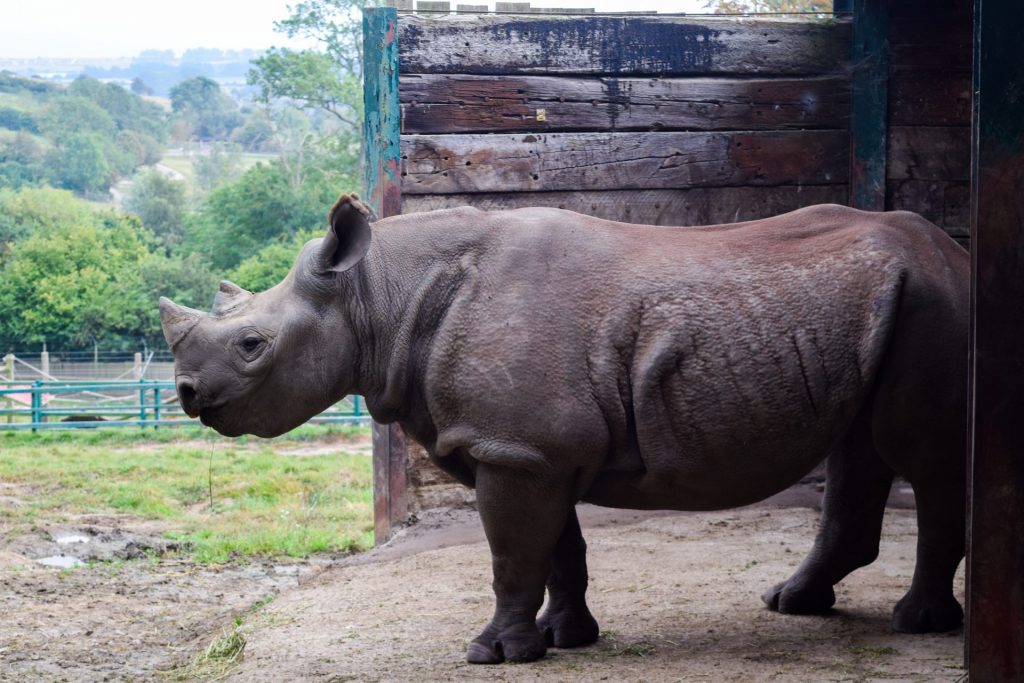
I have to admit that I was less into the rhino part of the experience, I think probably because the rhino were not feeling very sociable that day, which is okay – I don’t feel sociable every day either! However, it was fascinating to see them up close.
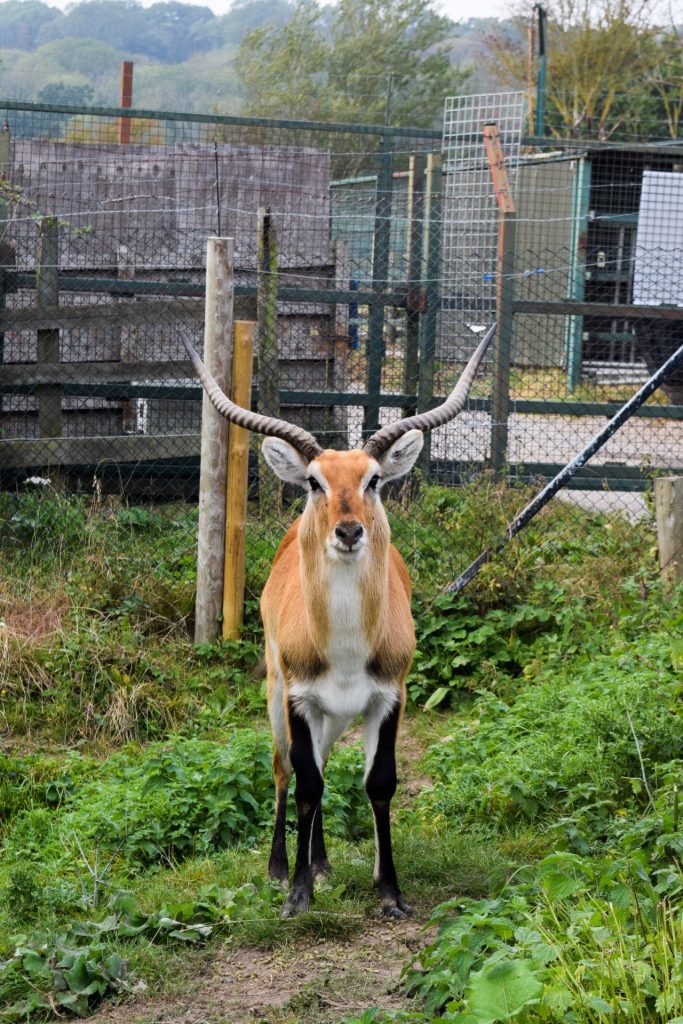
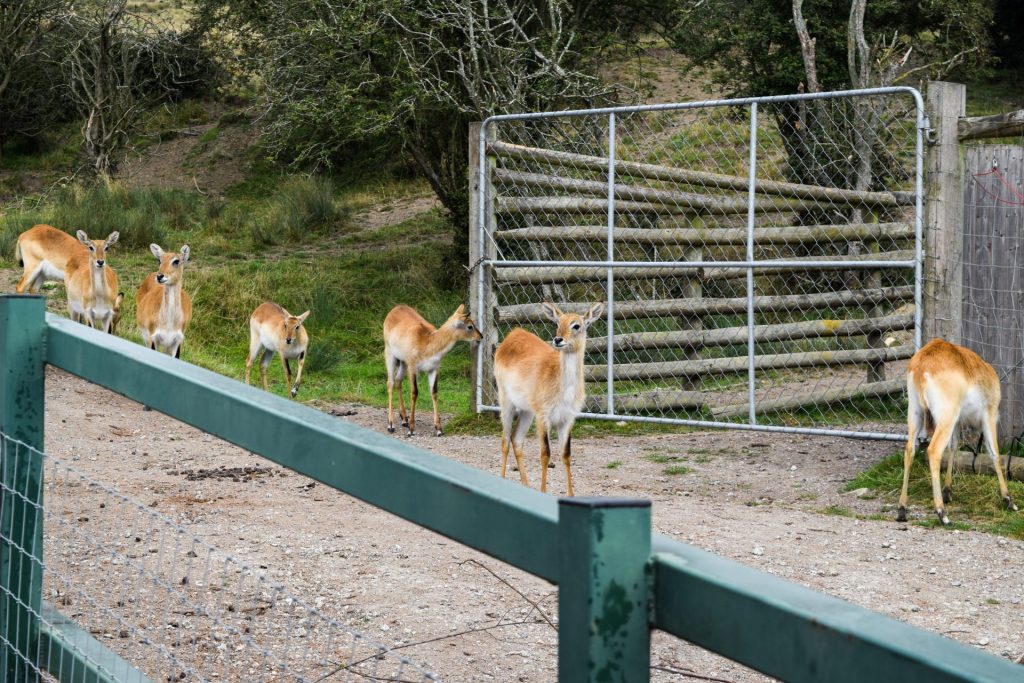
I was particularly enamoured to watch the Red Lechwe who were also hanging out on the savannah with the giraffes who seemed like such inquisitive beasts, though we did not get up too close to them.
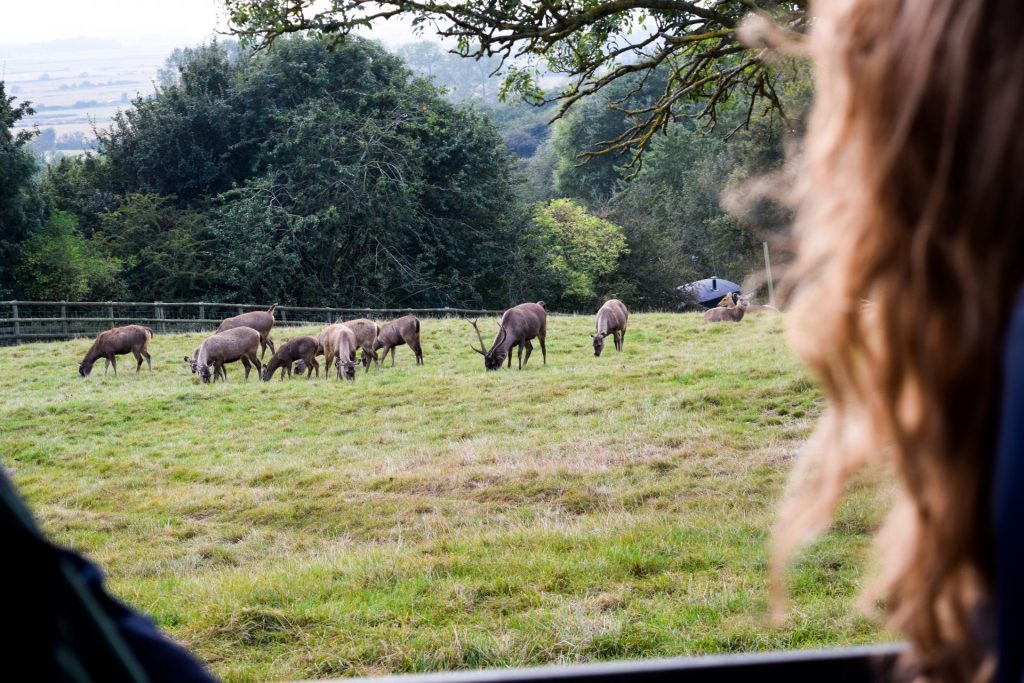
They have Pere David Deer, Barasingha, Blackbucks and Axis Deer at Port Lympne, if deer are your thing, but honestly I just wanted to include this wonderful autumnal picture to show the view rolling away from the park, as I still find it a little surreal that this is all tucked away along a road I drive down most weeks.
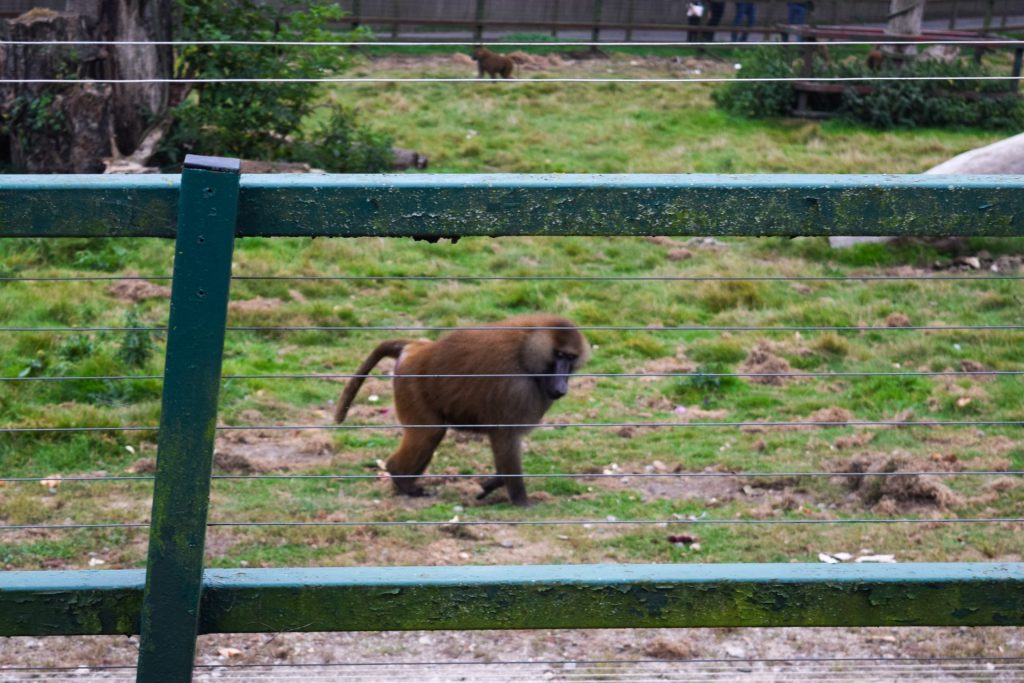
One habitat that made us both a little sad – and not because of how the animals were being kept, mind you – was learning about the pack behaviour of the Guinea Baboons. They live in a strictly hierarchical society, and as it was feeding time you could tell who came bottom of the pack, as they were hugging the outskirts of the enclosure, knowing they’d not be allowed near the food first. They also looked a lot less well groomed than the baboons who were dining at the time, as again, getting groomed by the others is a perk for the higher ups. They don’t like to intervene too much in the animal’s own societies and things at the animal park, but it was reassuring to know that the keepers were there to make sure these lower level baboons would get enough to eat! Fun fact though: among Guinea Baboons, a lot like humans, while they can climb higher in the hierarchy offspring inherit the social status of their mothers.
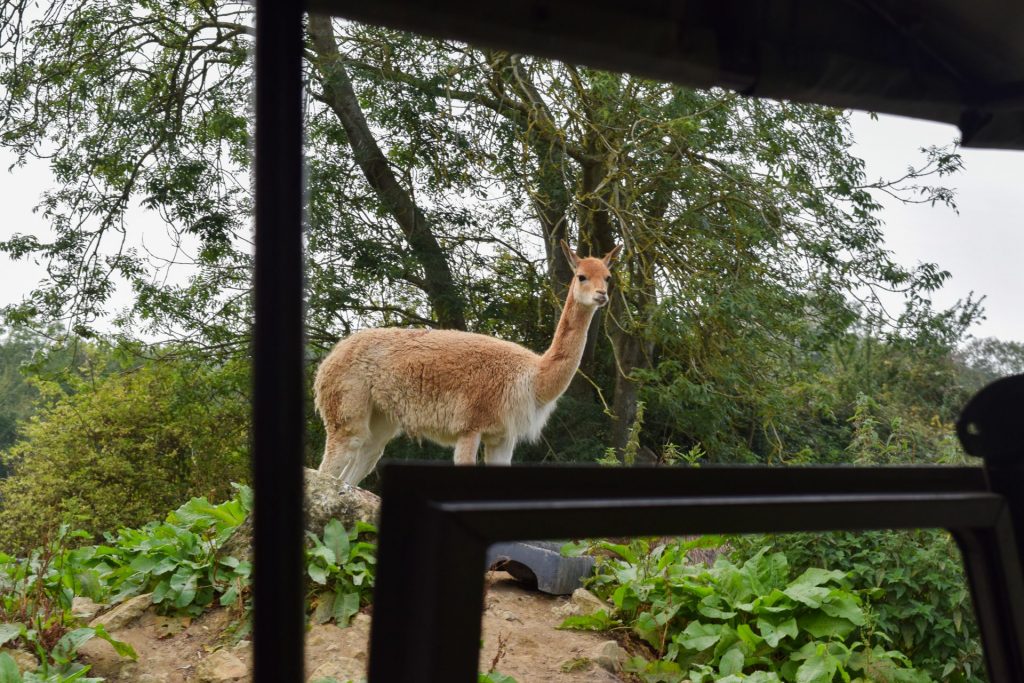
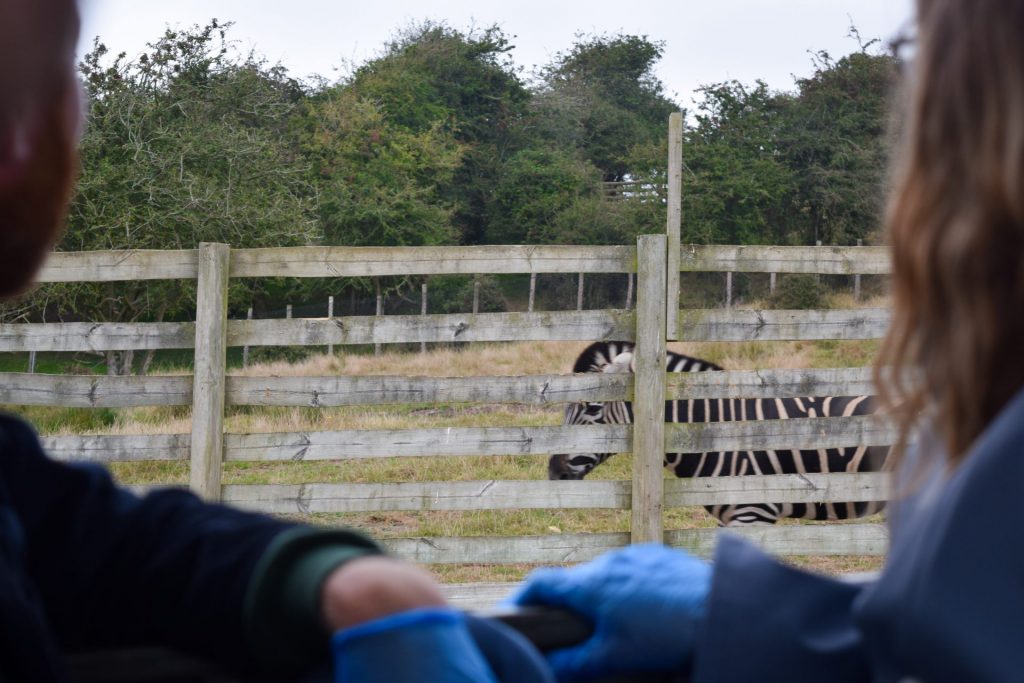
A few more animals we passed, I wish we’d had a chance to learn more about the vicugna – a South American relative of the llama – because how adorable did this one look? Also, I’d love to get back to see the zebras a bit closer as I was fascinated by the rich contrast of their stripes, but as one of them had been unwell they were chilling in a paddock away from their usual home on the savannah so the keepers could keep a proper eye on them.
Thank you again to the team at the Aspinall Foundation for giving us the chance to meet their giraffes, as well as some of the other animals at the park. You can find out more about the Aspinall Foundations conservation work, as well as how to visit both of their locations on their website.

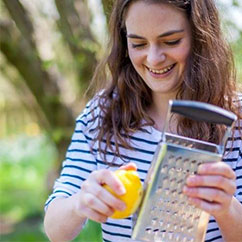
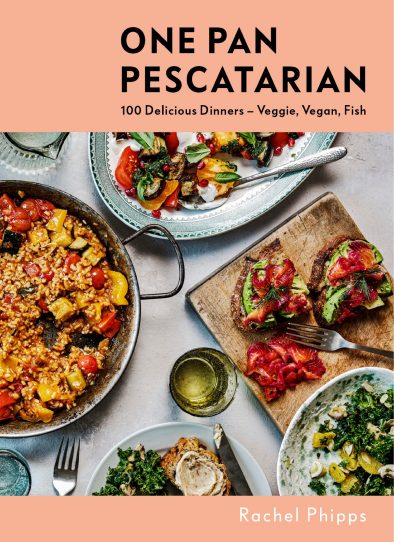
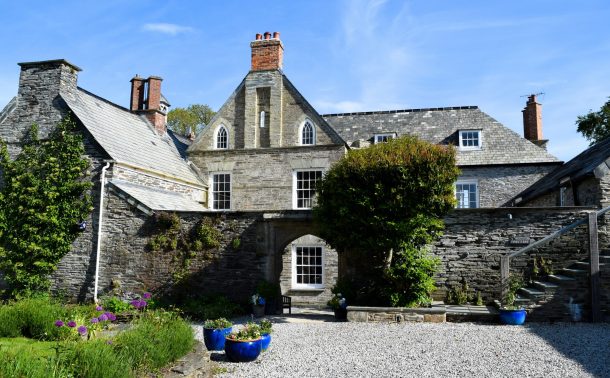
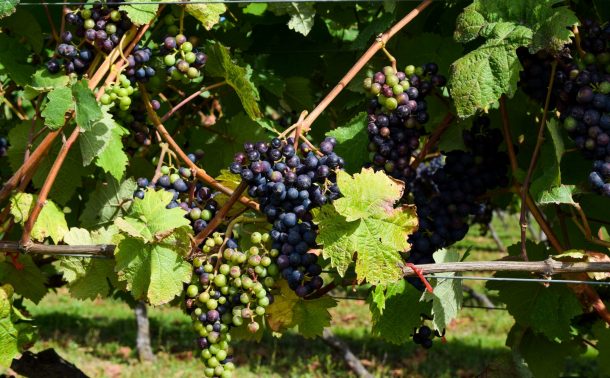

Discussion